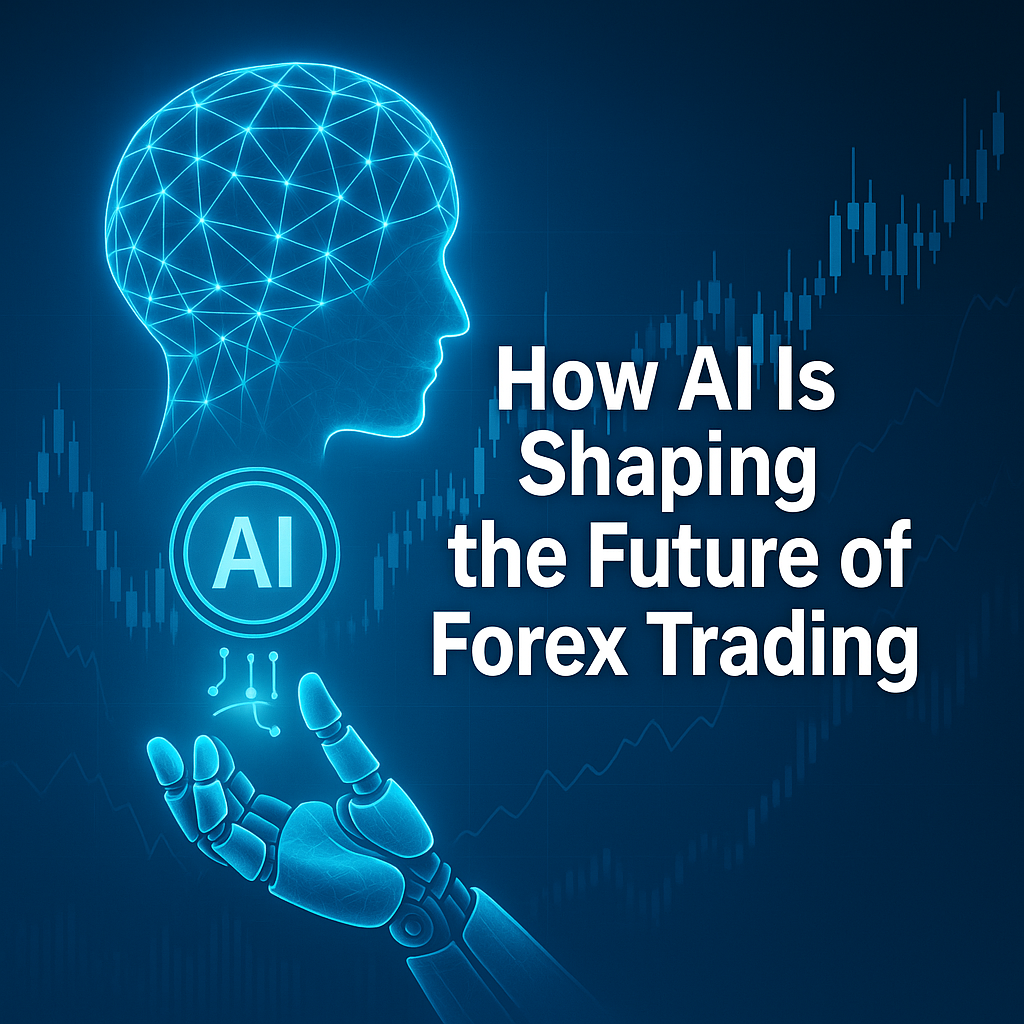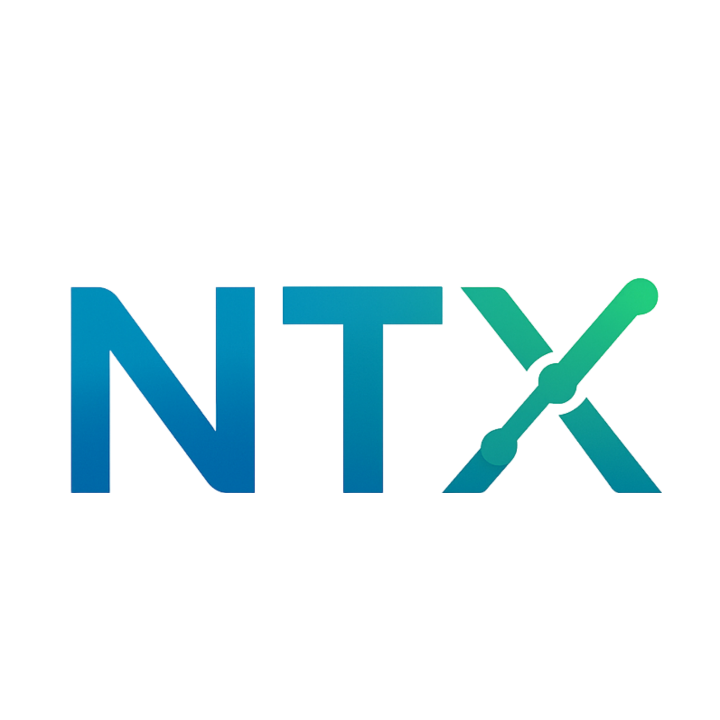
Todays, The fast-paced and highly competitive world of forex trading, technology has always played a crucial role in helping traders make informed decisions. Over the past few years, Artificial Intelligence (AI) has emerged as a game-changer in the financial markets, revolutionizing the way traders analyze charts, forecast market trends, and make trading decisions. With its ability to process vast amounts of data at unprecedented speeds, AI is transforming the future of forex trading, enabling both institutional investors and retail traders to gain a significant edge.
In this article, we will explore how AI is reshaping forex trading, focusing on its impact on market analysis, charting, and decision-making. We will also look at the role of machine learning (ML), deep learning, and other AI technologies in enhancing the accuracy of predictions and optimizing trading strategies.
The Rise of AI in Forex Trading
AI has gained significant traction across many industries, and finance is no exception. In forex trading, AI is being employed to automate trading processes, enhance data analysis, and provide traders with real-time insights into market conditions. Here’s how AI is making its mark:
Algorithmic Trading: AI has enabled the rise of algorithmic trading, where algorithms make trading decisions based on predefined rules. These algorithms are powered by AI models that can analyze market data, identify patterns, and execute trades at optimal times without human intervention.
Predictive Analytics: AI-driven models, particularly those using machine learning (ML) and deep learning, have the ability to predict future price movements based on historical data and complex patterns that would be nearly impossible for human traders to spot.
Natural Language Processing (NLP): NLP is a branch of AI that focuses on understanding and processing human language. In forex trading, NLP is used to analyze news articles, financial reports, and social media to gauge market sentiment, which can influence currency prices.
Risk Management: AI models can help traders identify potential risks by analyzing market volatility and other factors that might affect currency prices. This helps traders make more informed decisions about stop-loss levels, position sizing, and portfolio diversification.
How AI Analyzes Forex Charts
One of the most significant ways AI is impacting forex trading is through chart analysis. Traditionally, forex traders have relied on technical analysis—examining price charts and using indicators to predict future price movements. While technical analysis remains essential, AI is enhancing its capabilities in several ways:
1. Pattern Recognition
AI, particularly through deep learning techniques like Convolutional Neural Networks (CNNs), excels at pattern recognition. By training on large datasets of historical price charts, AI can identify recurring patterns—such as head and shoulders, triangles, or double tops/bottoms—with high accuracy. These patterns often signal potential price movements, and AI can spot them much faster than human traders.
For example, a CNN can be trained to identify complex chart patterns and alert traders to potential opportunities in real-time. This is especially useful in the forex market, where fast, small fluctuations in price can have significant implications for a trader’s profit or loss.
2. Technical Indicators and Signal Generation
AI can enhance the use of traditional technical indicators like Moving Averages (MAs), Relative Strength Index (RSI), MACD, and Bollinger Bands by analyzing them in conjunction with one another to provide more accurate trading signals. Instead of relying on a single indicator, AI models can analyze combinations of indicators to generate more reliable buy or sell signals.
For example, an AI-powered system can analyze price trends, volume, volatility, and momentum together to produce a more comprehensive view of the market. This approach minimizes false signals and improves the precision of trading decisions.
3. Time-Series Forecasting
Time-series forecasting is a powerful tool in AI-driven forex analysis. By using historical price data, AI models like LSTMs (Long Short-Term Memory networks) or Recurrent Neural Networks (RNNs) can make predictions about future price movements based on time-dependent patterns.
These models learn from historical data to forecast price trends and provide traders with insights into the potential direction of currency pairs. For example, an AI model might predict that a currency pair is likely to experience upward momentum based on patterns from the last several weeks or months. This ability to forecast future movements with high accuracy is one of the primary advantages of using AI in forex trading.
4. Sentiment Analysis
AI can process vast amounts of unstructured data, such as financial news, market reports, social media posts, and even economic indicators. By using Natural Language Processing (NLP), AI models can gauge market sentiment—whether traders are feeling optimistic, fearful, or neutral—and how this sentiment is likely to impact currency prices.
For instance, an AI system might analyze a speech by a central bank governor and determine that the tone of the speech is likely to lead to a stronger currency. By integrating this sentiment data into its analysis, the AI model can help traders anticipate market movements more effectively.
Machine Learning and AI in Trading Strategy Optimization
One of the most impactful uses of AI in forex trading is in the optimization of trading strategies. AI systems, particularly reinforcement learning (RL) algorithms, can optimize trading strategies by continually learning from the market environment and adjusting strategies based on feedback.
1. Reinforcement Learning
In reinforcement learning, an AI agent learns by interacting with the environment (in this case, the forex market) and receiving feedback in the form of rewards or penalties based on the actions it takes. Over time, the agent learns which actions lead to the most profitable outcomes and refines its trading strategy accordingly.
This type of machine learning allows AI to adapt to changing market conditions and optimize trading strategies in real-time. It can be especially useful for automated trading systems that need to adjust their approach based on fluctuating market volatility, economic events, or geopolitical developments.
2. Backtesting and Strategy Evaluation
AI can also assist traders with backtesting their trading strategies against historical data. Traditional backtesting methods can be time-consuming and require a lot of manual effort, but AI models can quickly process vast amounts of historical data and simulate potential outcomes for different strategies. This helps traders evaluate the effectiveness of their strategies before applying them in live markets.
Advantages of AI in Forex Trading
The integration of AI into forex trading offers numerous advantages:
Speed: AI can process large volumes of data in real-time, enabling faster decision-making than manual analysis.
Accuracy: AI-driven models can identify patterns and trends with higher accuracy, reducing human error and improving prediction reliability.
Automation: AI enables full automation of trading strategies, reducing the emotional bias and human error that often affect trading decisions.
Adaptability: AI can adapt to market changes, continuously learning from new data and adjusting strategies accordingly.
Challenges and Future of AI in Forex Trading
Despite its many advantages, AI in forex trading is not without challenges. The complexity of market dynamics, the unpredictability of geopolitical events, and the potential for overfitting AI models are all factors that traders need to consider. Additionally, relying too heavily on automated systems without human oversight could expose traders to risks.
However, as AI technologies continue to evolve, we can expect to see even more sophisticated models that can anticipate market movements with greater precision. The future of forex trading will likely be a blend of human expertise and AI-driven tools, creating a more dynamic and efficient market.
Conclusion
AI is undoubtedly shaping the future of forex trading by enhancing market analysis, charting, and decision-making. Through the use of advanced machine learning, deep learning, and natural language processing techniques, AI is helping traders gain deeper insights into market movements and optimize their trading strategies. The ability to process vast amounts of data, identify patterns, and predict price trends has revolutionized how traders approach the forex market. As AI continues to evolve, its role in forex trading will only grow, making it an essential tool for both retail and institutional traders looking to gain a competitive edge.
References:
. He, H., & Zhang, J. (2019). Deep Learning for Forex Trading: A Survey. Journal of Computational Finance, 47(3), 231-247.
. Wang, Y., & Li, Y. (2020). Using Machine Learning in Forex Market Prediction. Financial Analytics Journal, 12(4), 99-115.
. Brown, P., & Zhou, Y. (2021). AI in Finance: How Machine Learning Is Changing the Trading Landscape. Journal of AI and Financial Technology, 3(1), 45-60.
